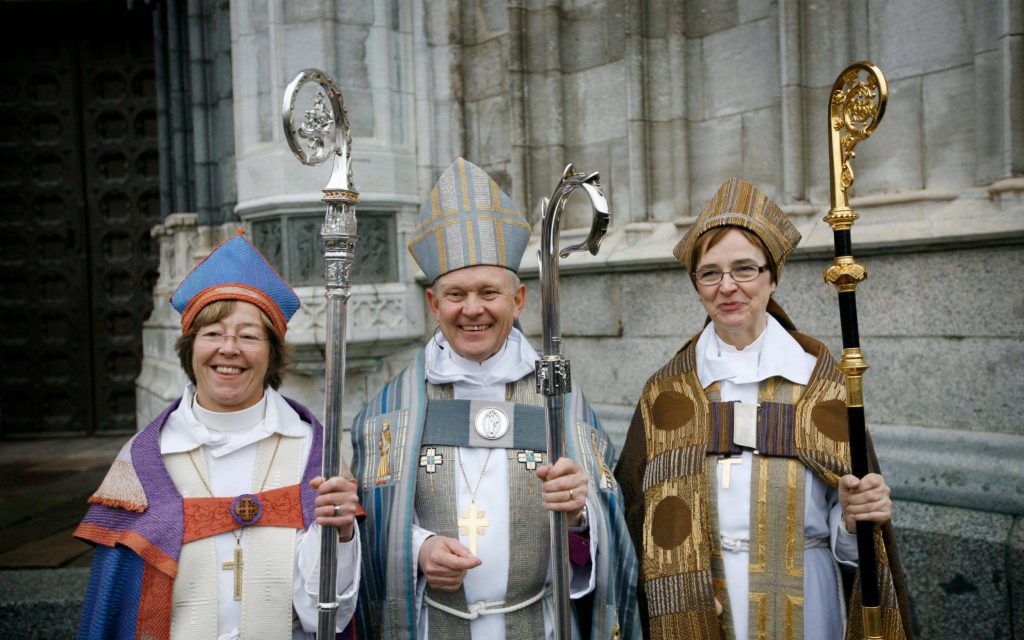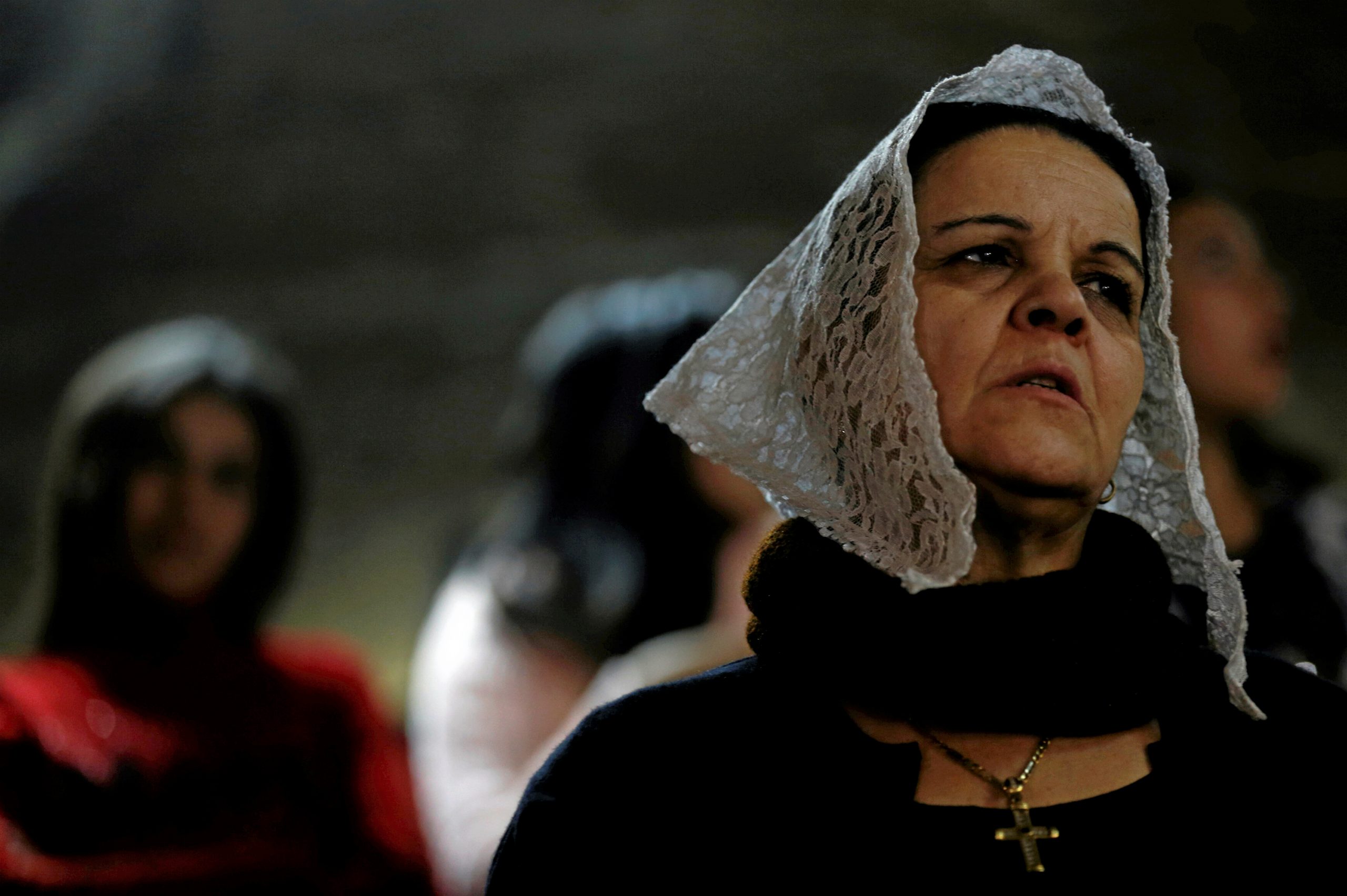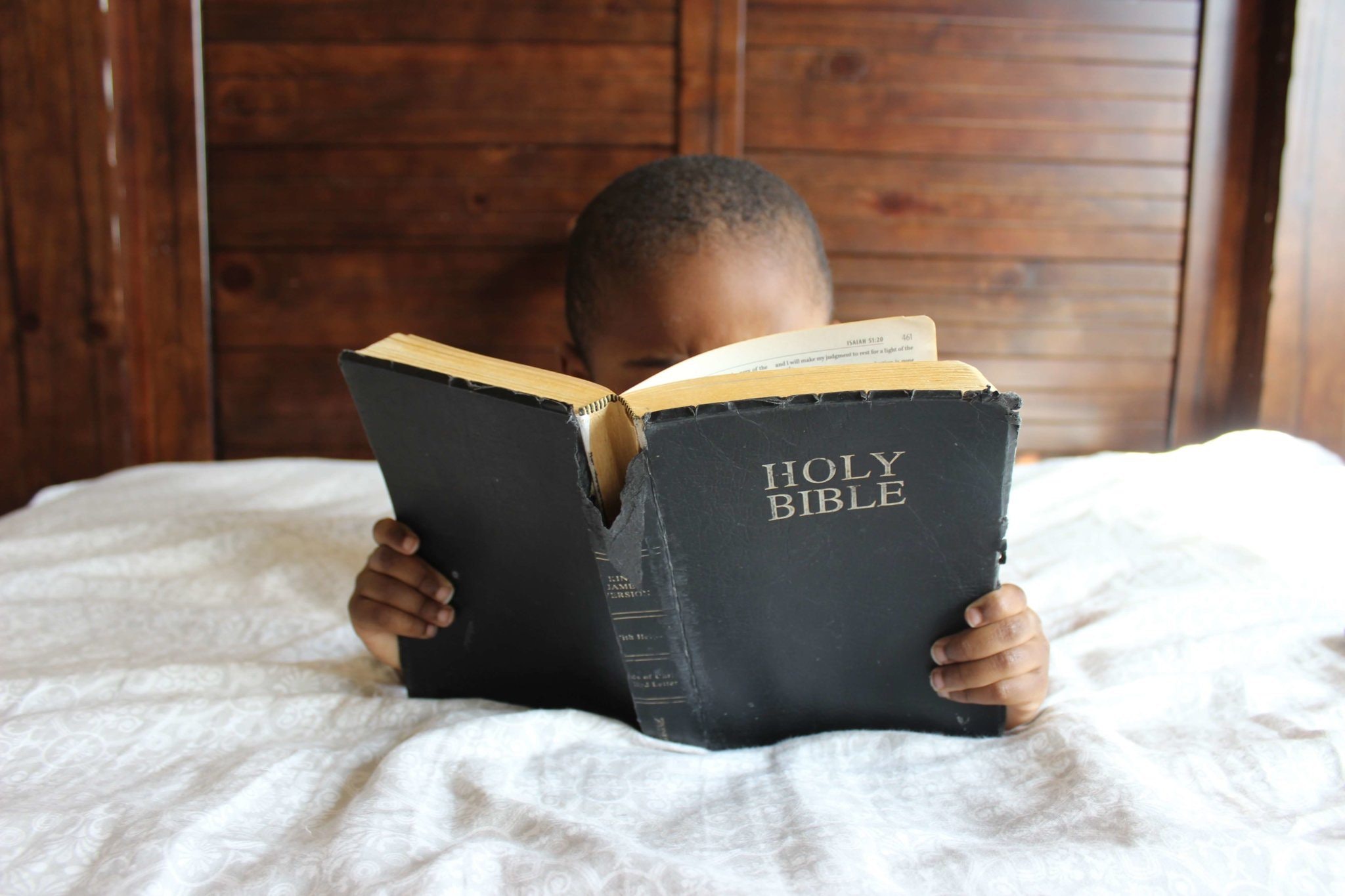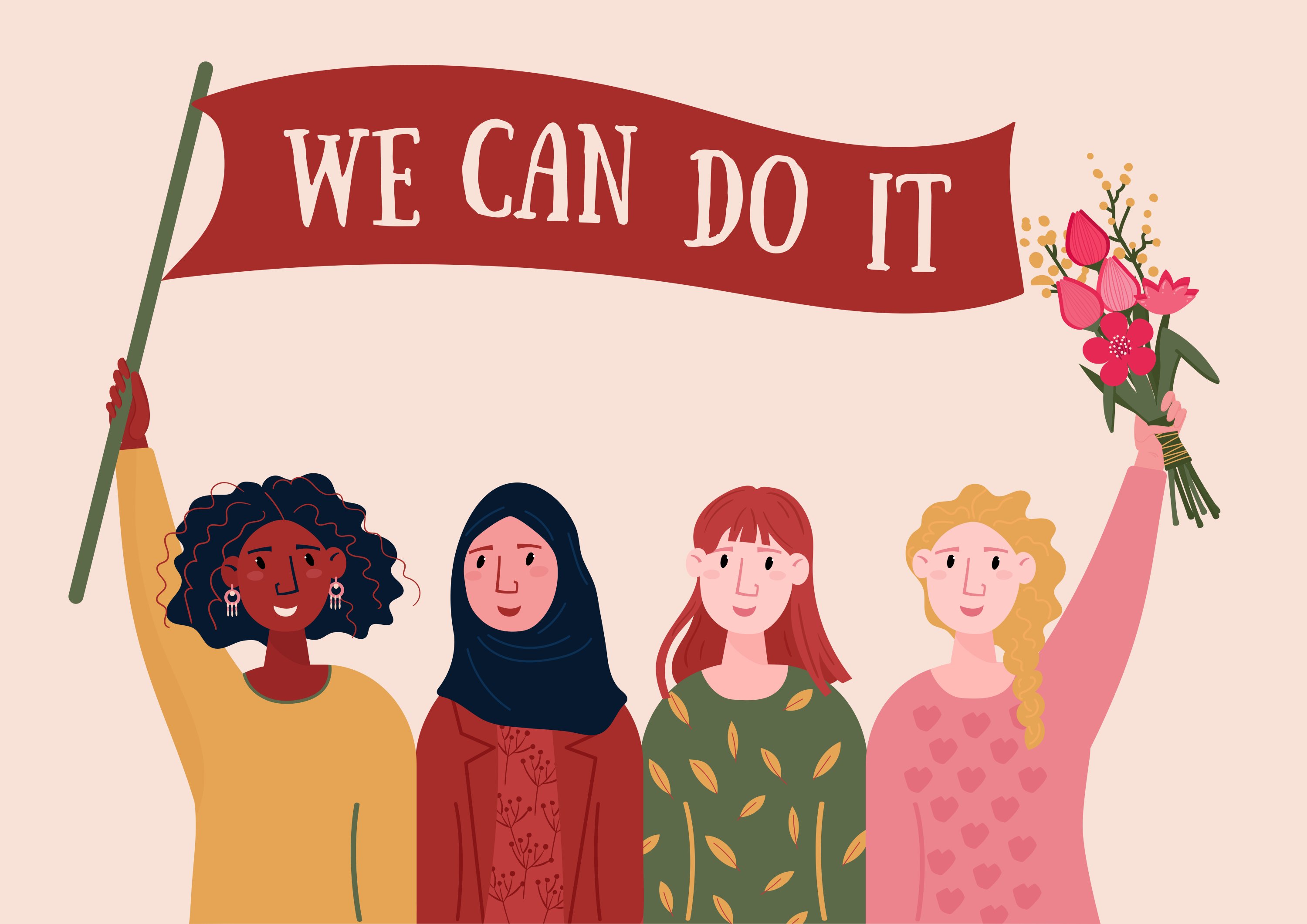Religion And Gender - Exploring Complex Intersections
In this article, we will delve into the multifaceted intersections of religion and gender, examining how beliefs, traditions, and interpretations influence perceptions and treatment of individuals based on their gender.
Nov 08, 2023114.3K Shares1.5M Views
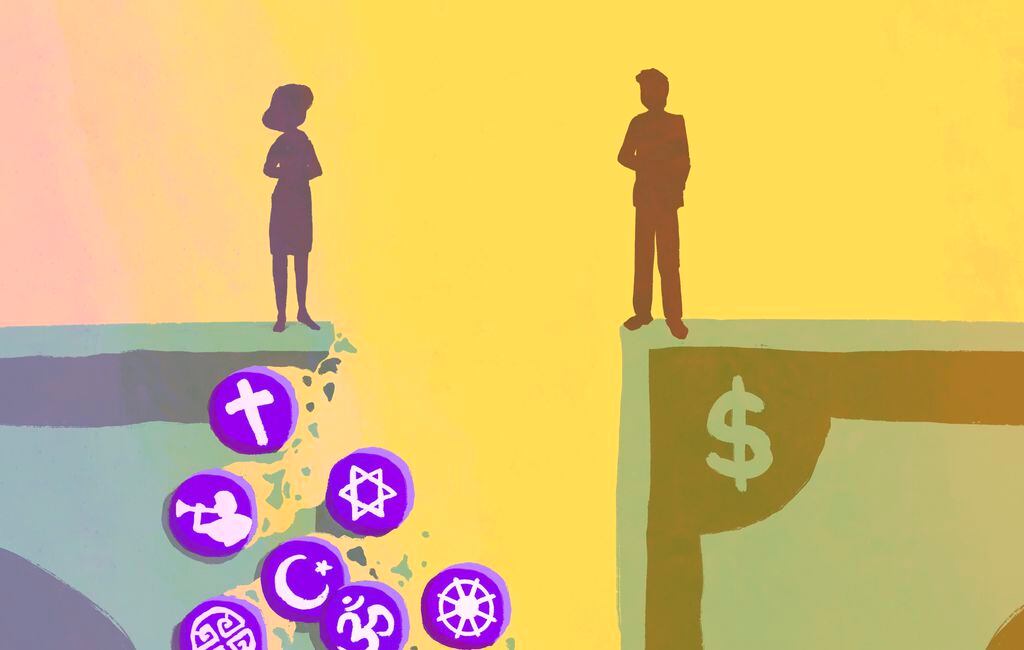
Religion and genderare two fundamental aspects of identity that profoundly shape individuals' lives and societies. The relationship between religion and gender is intricate, often reflecting historical, cultural, and theological contexts. In this article, we will delve into the multifaceted intersections of religion and gender, examining how beliefs, traditions, and interpretations influence perceptions and treatment of individuals based on their gender.
Historical Perspectives
To comprehend the intricate relationship between religion and gender, it is essential to embark on a journey through historical contexts. Throughout history, religious beliefs and practices have played a significant role in shaping societal norms and attitudes toward gender roles. Many of these beliefs have been deeply ingrained in cultures, affecting the lives of individuals and communities.
Evolution Of Religious Texts
Religious texts, regarded as sacred scriptures, are the cornerstone of various faiths. These texts have undergone a complex process of interpretation and reinterpretation over centuries. The interpretations of religious doctrines have been influenced by cultural, political, and social contexts, leading to diverse and sometimes contradictory perspectives on gender roles.
By studying the evolution of religious texts, scholars and researchers gain valuable insights into how ancient societies perceived gender and how these perceptions have influenced contemporary beliefs.
Cultural And Geographical Influences
Religion and gender norms have been profoundly influenced by the diverse cultures and geographical locations where different faiths originated. Cultural practices and traditions, often intertwined with religious beliefs, have reinforced specific gender roles within communities.
For example, matriarchal societies in some indigenous cultures present a stark contrast to the patriarchal systems prevalent in many religious traditions. Exploring these cultural variations provides a nuanced understanding of how religion and gender intersect within specific societal contexts.
Religious Institutions And Power Structures
Throughout history, religious institutions have served as both influential societal forces and instruments of power. These institutions have played a pivotal role in shaping gender norms, often institutionalizing patriarchal ideologies.
Examining the historical development of religious hierarchies and the exclusion of women and non-binary individuals from positions of power provides crucial insights into the origins of gender disparities within religious contexts. Understanding how these power structures evolved helps in contextualizing contemporary challenges related to gender equality within religious institutions.
Historical Movements For Gender Equality
Despite the prevalence of patriarchal norms, history also records instances of resistance and movements advocating for gender equality within religious frameworks.
These movements, led by courageous individuals and groups, have challenged traditional interpretations and worked toward empowering women and marginalized gender identities. Exploring these historical movements provides inspiration and serves as a testament to the ongoing struggle for gender equality within religious communities.
Impact On Societal Attitudes
Historical perspectives on religion and gender have significantly influenced societal attitudes toward gender roles and identities. These attitudes have, in turn, shaped laws, policies, and social interactions, impacting the lives of individuals based on their gender. By studying historical attitudes, researchers can gain valuable insights into the root causes of gender disparities, enabling them to advocate for positive change and challenge harmful stereotypes ingrained in societies.
Religious Texts And Gender Roles - Unraveling The Layers
Religious texts, revered as sacred scriptures in many cultures, wield immense influence over the beliefs, traditions, and societal norms of communities worldwide. These texts are not mere historical artifacts; they are living documents that continue to shape the lives of billions.
Central to their impact is their role in shaping gender roles and expectations, often prescribing specific norms for men, women, and those identifying with diverse gender identities.
The Power Of Scriptural Interpretation
Religious texts, whether the Bible, Quran, Torah, Bhagavad Gita, or other revered scriptures, are rich repositories of moral guidelines, religious laws, and narratives. The interpretation of these texts, however, is far from uniform.
Scholars, theologians, and believers have engaged in centuries-long debates, interpreting the same passages in myriad ways. These interpretations have given rise to diverse, and sometimes conflicting, gender-specific teachings.
Origins Of Gender-Specific Teachings
Delving into religious texts allows us to trace the origins of gender-specific teachings, rules, and regulations. These teachings often delineate distinct roles for men and women within families, religious institutions, and society at large. By understanding the historical, cultural, and contextual factors underpinning these teachings, researchers can unravel the complex tapestry of beliefs that have influenced gender norms for generations.
Evolving Interpretations Across Time And Cultures
Interpretations of religious texts are not static; they evolve over time and across different cultures.
The evolution of these interpretations reflects broader societal changes, such as advancements in gender equality, women's rights movements, and shifts in cultural attitudes. By studying the evolution of interpretations, scholars gain valuable insights into the adaptability of religious doctrinesand their capacity to respond to changing social dynamics.
The Intersection Of Tradition And Modernity
In contemporary society, the clash between traditional interpretations of religious texts and modern notions of gender equality often gives rise to complex ethical and moral dilemmas.
Striking a balance between honoring religious traditions and upholding the rights and dignity of individuals, regardless of gender, requires careful negotiation. Exploring how different religious communities navigate this intersection sheds light on the challenges and progress made in redefining gender roles within religious contexts.
Societal Attitudes And Scriptural Influence
The teachings of religious texts permeate societal attitudes toward gender, influencing everything from family dynamics and education to employment opportunities and political participation.
Critical evaluation of these influences is essential to challenging harmful stereotypes, discrimination, and gender-based violence. By understanding the ways in which religious texts shape societal attitudes, advocates for gender equality can address root causes and promote informed dialogue within communities.
Patriarchy And Gender Inequality - Unveiling The Shadows Within Religious Contexts
The pervasive influence of patriarchy at the intersection of religion and gender casts a long shadow, affecting the lives of millions around the world. Across numerous religious traditions, patriarchal norms have entrenched male dominance, often perpetuating gender inequality and limiting the opportunities and freedoms of women and non-binary individuals. Understanding the root causes and manifestations of patriarchal systems within religious contexts is essential to dismantling these deeply ingrained structures and promoting true gender equality.
The Historical Roots Of Patriarchy
Patriarchy, deeply rooted in historical contexts, has often been justified through interpretations of religious texts. These interpretations have reinforced traditional gender roles, positioning men as leaders and decision-makers while relegating women and non-binary individuals to subordinate roles. Examining the historical evolution of patriarchal ideologies within religious frameworks reveals the deep-seated biases that continue to shape attitudes and behaviors today.
Sacred Texts And Patriarchal Interpretations
Religious texts, revered as divine revelations, have been subjected to interpretations that uphold patriarchal norms. Selective readings and traditional beliefs have led to the marginalization of women and non-binary individuals within religious communities. Exploring these interpretations and understanding how they have been perpetuated over generations is crucial in challenging the status quo and promoting more inclusive readings of sacred texts.
Institutionalization Of Male Dominance
In many religious institutions, the institutionalization of male dominance is evident in the lack of female religious leaders, clergy members, and decision-making authorities. This exclusionary practice further entrenches patriarchal norms, limiting the representation and voice of women and non-binary individuals within religious hierarchies. Examining the structural barriers that prevent gender diversity within religious leadership sheds light on the systemic challenges faced by those advocating for change.
Gender-Based Discrimination And Violence
Patriarchal systems within religious contexts often contribute to gender-based discrimination and violence. Discriminatory practices, such as forced marriages, honor killings, and female genital mutilation, are perpetuated by patriarchal beliefs. These practices not only violate human rights but also hinder social progress and gender equality. Understanding the intersections between religious teachings and harmful practices is crucial in addressing these issues and fostering respectful, equitable communities.
The Intersectionality Of Patriarchy
Patriarchy intersects with other forms of oppression, such as racism, classism, and homophobia, creating unique challenges for marginalized individuals. Women and non-binary individuals from minority communities face compounded discrimination, making it essential to address the intersectionality of patriarchy within religious contexts. By recognizing these intersecting identities, advocates for gender equality can develop more inclusive strategies that uplift all individuals, irrespective of their backgrounds.
Empowering Voices And Challenging Norms
Challenging patriarchal norms within religious contexts requires amplifying the voices of those who have historically been marginalized. Empowering women and non-binary individuals within religious communities to reinterpret sacred texts, challenge discriminatory practices, and assume leadership roles is a vital step toward dismantling patriarchal structures.
By fostering dialogue, education, and advocacy, societies can work towards creating inclusive religious spaces where everyone is valued and respected, regardless of their gender identity.
Varieties Of Religious Commitment - A Multifaceted Examination
Measuring the depth of religious commitment across diverse societies and faiths is a nuanced and complex task. The intricacies of religious beliefs, practices, and devotion vary significantly from one community to another. Attempting to gauge religious commitment necessitates a comprehensive approach, one that recognizes the diversity of religious experiences and expressions. This report adopts a multifaceted perspective, encompassing a range of indicators to assess the depth of religious commitment within various societies. Instead of relying on a single measure, this approach takes into account multiple factors, providing a more holistic understanding of religious devotion.
Religious Affiliation
Understanding religious commitment often begins with exploring religious affiliation. This foundational aspect delves into the identification of individuals with a specific faith tradition or religious community. Examining the distribution of religious affiliations across societies offers valuable insights into the prevalence of different belief systems and the social fabric they create.
Frequency Of Worship Service Attendance
A crucial measure of religious commitment lies in the regularity of worship service attendance. The act of congregational worship forms a significant part of religious life for many believers. By examining the frequency of attendance, researchers can discern the level of communal engagement and the importance of collective religious experiences within a particular society.
Frequency Of Prayer
Prayer serves as a deeply personal and intimate expression of religious commitment. Examining the frequency of prayer provides a window into the individual's connection with the divine, reflecting the intensity of their spiritual engagement. Whether practiced privately or collectively, prayer offers insights into the devoutness and sincerity of religious believers.
Religion's Role In Daily Life
Religious commitment extends beyond formal practices and rituals; it permeates various aspects of daily life. Assessing whether religion plays a significant role in a person's life illuminates the integration of religious values into their worldview, ethical decisions, and social interactions. Understanding the impact of religion on personal conduct and societal norms enriches the assessment of religious commitment.
Challenges And Considerations In Measurement
While these indicators provide valuable perspectives on religious commitment, challenges arise due to the diversity of religious beliefs and practices. Not all surveys ask identical questions, leading to variations in available data. Additionally, cultural nuances and interpretations may influence responses. Researchers must navigate these complexities to ensure accurate and culturally sensitive assessments.
Challenges And Controversies - Navigating Gender Within Religious Contexts
Navigating the intersection of gender and religion is fraught with challenges and controversies that demand careful examination and thoughtful dialogue. Within religious contexts, a myriad of sensitive topics emerges, each requiring nuanced analysis to foster understanding and promote positive change. This section delves into some of the most pressing issues, encouraging awareness and discussion around reproductive rights, modesty practices, and controversial interpretations of religious texts.
Reproductive Rights
Reproductive rights within religious contexts often raise profound ethical dilemmas. Debates about contraception, family planning, abortion, and assisted reproductive technologies intersect with religious beliefs, moral convictions, and individual autonomy. Examining how different religious traditions grapple with these issues sheds light on the complexities faced by individuals seeking to reconcile their faith with their reproductive choices. Acknowledging the diversity of perspectives within religious communities is crucial in fostering respectful dialogue and advocating for comprehensive reproductive healthcare for all.
Modesty Practices
Modesty practices, ranging from dress codes to behavioral expectations, vary widely across religious traditions. While some individuals view these practices as empowering expressions of faith and identity, others perceive them as restrictive and oppressive, particularly when they disproportionately target women. Delving into the origins, interpretations, and societal implications of modesty practices provides insight into the complex interplay between religious teachings, cultural norms, and individual agency. Addressing these nuances is essential in promoting informed discussions about personal choice, religious freedom, and gender equality.
Controversial Interpretations Of Religious Texts
Religious texts, revered as sources of divine guidance, have been interpreted in diverse and, at times, controversial ways. These interpretations can reinforce gender inequalities, discrimination, and exclusion. Critical analysis of contentious passages and interpretations within religious texts is vital in challenging harmful traditions and advocating for inclusive, progressive readings. Engaging in scholarly dialogue and encouraging religious leaders and communities to reevaluate traditional interpretations can pave the way for more egalitarian and compassionate religious practices.
Encouraging Inclusivity And Empathy
Addressing the challenges and controversies surrounding gender within religious contexts necessitates a collective effort to encourage inclusivity and empathy. Meaningful dialogue, respectful engagement with diverse viewpoints, and education about the intersections of gender and faith are essential components of fostering understanding. Religious leaders, scholars, activists, and believers can collaborate to challenge harmful practices, promote gender equality, and create religious spaces where everyone is treated with dignity and respect.
Religious Feminism And Empowerment - Challenging Patriarchy Within Faith
In the realm of faith, where traditions often intersect with societal norms, religious feminism stands as a powerful force challenging established patriarchal interpretations within religious texts and traditions. Rooted in principles of justice, inclusivity, and equality, religious feminism advocates for a paradigm shift within religious communities, emphasizing the intrinsic worth and agency of every individual, irrespective of gender identity.
Questioning Patriarchal Norms
Religious feminism questions the deeply ingrained patriarchal norms that have limited the roles and rights of women and non-binary individuals within religious contexts. By critically examining traditional interpretations of religious texts, feminists within faith communities aim to dismantle discriminatory practices and beliefs that perpetuate gender inequality. This process involves engaging with scripture, historical context, and alternative interpretations to challenge the status quo and promote a more egalitarian religious ethos.
Advocating For Inclusivity
Inclusivity lies at the heart of religious feminism. Advocates work tirelessly to create spaces within religious communities where diverse gender identities are not only accepted but celebrated. This inclusivity extends to leadership roles, worship practices, and decision-making processes, fostering environments where everyone's voice is heard, valued, and respected. By dismantling barriers and challenging exclusionary practices, religious feminism paves the way for a more compassionate and understanding faith experience.
Promoting Social Justice
Religious feminism goes beyond the confines of religious institutions, advocating for broader social justice issues. Feminist movements within religious communities often align with larger social justice causes, addressing issues such as reproductive rights, LGBTQ+ rights, racial equality, and economic justice. By recognizing the interconnectedness of various forms of oppression, religious feminists strive for a more just and equitable society, rooted in the principles of love, compassion, and empathy.
Empowering Individuals
At its core, religious feminism is about empowerment. It empowers individuals, especially women and non-binary individuals, to reclaim their agency within religious spaces. By challenging oppressive norms and encouraging critical thinking, religious feminism enables believers to navigate their faith journeys with confidence and authenticity. Through education, advocacy, and community support, individuals are emboldened to challenge stereotypes, pursue education, and engage in meaningful dialogue, fostering a sense of empowerment and self-worth.
To explore this topic further and understand how religious feminism challenges patriarchal norms within religious contexts, you can visit Fellowship Bible Church's article on Masturbation and Religion, which delves into the intersection of religion, gender, and personal autonomy.
Religion And Gender - FAQs
What Is The Relationship Between Gender And Religion?
The relationship between gender and religion is complex and multifaceted. Different religious traditions and interpretations have historically shaped and reinforced specific gender roles and expectations within societies.
Many religions have been interpreted in ways that place men and women into distinct roles, often with men holding positions of authority and women fulfilling supportive or subservient roles. However, it is important to note that the relationship between gender and religion varies widely across different faiths and denominations. Some religious groups advocate for gender equality and inclusivity, challenging traditional gender norms and promoting the equal participation of all genders in religious practices and leadership roles.
How Is Religion A Barrier To Gender Equality?
Religion can act as a barrier to gender equality in several ways. Firstly, some religious interpretations perpetuate patriarchal norms, limiting the rights and opportunities of women and non-binary individuals. Traditional beliefs and practices, often rooted in religious texts, can reinforce discriminatory attitudes and behaviors.
Secondly, religious institutions may resist changes that challenge established gender norms, hindering progress towards gender equality. Lastly, some religious leaders and communities use religious teachings to justify gender-based discrimination and violence, making it difficult to challenge harmful practices within certain contexts.
How Does Religion Influence Gender Role?
Religion significantly influences gender roles by providing frameworks for understanding the roles and responsibilities of men, women, and non-binary individuals within society.
Religious texts, teachings, and traditions often prescribe specific gender roles, defining what is considered appropriate behavior for each gender. These roles can extend to areas such as family life, education, work, and leadership within religious communities.
The influence of religion on gender roles can vary widely, with some interpretations encouraging traditional roles and others advocating for more egalitarian perspectives. Interpretations and practices related to gender roles are subject to change, evolving over time and differing across cultures and religious denominations.
Conclusion
The relationship between religion and gender is multifaceted, reflecting a wide spectrum of beliefs, practices, and interpretations.
By critically examining historical contexts, religious texts, and contemporary challenges, society can work toward dismantling harmful gender norms and fostering inclusivity within religious communities. Embracing diverse gender identities and advocating for equal rights are essential steps toward creating a more equitable world where individuals can practice their faith without discrimination based on gender.
Jump to
Historical Perspectives
Religious Texts And Gender Roles - Unraveling The Layers
Patriarchy And Gender Inequality - Unveiling The Shadows Within Religious Contexts
Varieties Of Religious Commitment - A Multifaceted Examination
Challenges And Controversies - Navigating Gender Within Religious Contexts
Religious Feminism And Empowerment - Challenging Patriarchy Within Faith
Religion And Gender - FAQs
Conclusion
Latest Articles
Popular Articles
